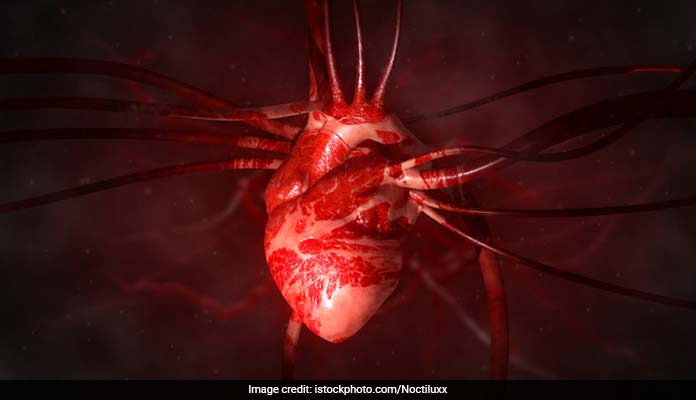According to this new research, gut cells expressing heart genes in sea anemones can turn into other kinds of cells, such as those needed to regenerate damaged body parts, especially the human heart.

Regenerative healing may allow heart cells to regenerate.
Also read: Check Your Blood Group! You Could Be At Risk Of A Heart Disease
According to a new research published in journal Proceedings of the National Academy of Sciences we may be able to develop a process to regenerate tissues in the human heart. This process has been developed by borrowing a technique from an unusual source: a muscle-less and heart-less starlet sea anemone. Scientists have discovered genetic communication between human genes and stimulating regenerative healing that may allow heart cells to regenerate, an advancement that could lead to new therapies to treat cardiac diseases.
While the sea anemone doesn't have a heart, its body moves in a pulsing, wave-like way, similar to a heartbeat.
Study author Mark Martindale felt important to trace the evolutionary origin of muscle cells similar to ones that form our heart and attempted to analyse the function of its "heart genes,".
Must read:Eureka! This New Vaccine Can Now Prevent Heart Diseases
The idea is that these genes have been around a long time and preceded the twitchy muscles that cover our skeleton,"says Martindale. Scientists have discovered a difference in the way these genes interact with one another, which may help explain its ability to regenerate.
"Our study shows that if we learn more about the logic of how genes that give rise to heart cells, talk to each other, muscle regeneration in humans might be possible," Martindale added.
These heart genes generate what engineers call lockdown loops in vertebrates and flies, which means that once the genes are turned on, they tell each other to stay on in an animal's cells for its entire lifetime. In other words, animals with a lockdown on their genes are not able to grow new heart parts or use those cells for other bodily functions.
Also read:Photosynthesis Can Help Treat Heart Disease
"This ensures that heart cells always stay heart cells and cannot become any other type of cell," Martindale said.
The findings suggest a mechanism for why the gut cells expressing heart genes in sea anemones can turn into other kinds of cells, such as those needed to regenerate damaged body parts, Martindale said.
The study supports the idea that definitive muscle cells found in the majority of animals arose from a bi-functional gut tissue that had both absorptive and contractile properties.
The researchers said that if they are successful in working out a way to tease heart cells to regenerate, it's estimated that millions of people could be helped each year, and any progress towards that goal has to be something to get excited about.
DoctorNDTV is the one stop site for all your health needs providing the most credible health information, health news and tips with expert advice on healthy living, diet plans, informative videos etc. You can get the most relevant and accurate info you need about health problems like diabetes, cancer, pregnancy, HIV and AIDS, weight loss and many other lifestyle diseases. We have a panel of over 350 experts who help us develop content by giving their valuable inputs and bringing to us the latest in the world of healthcare.














